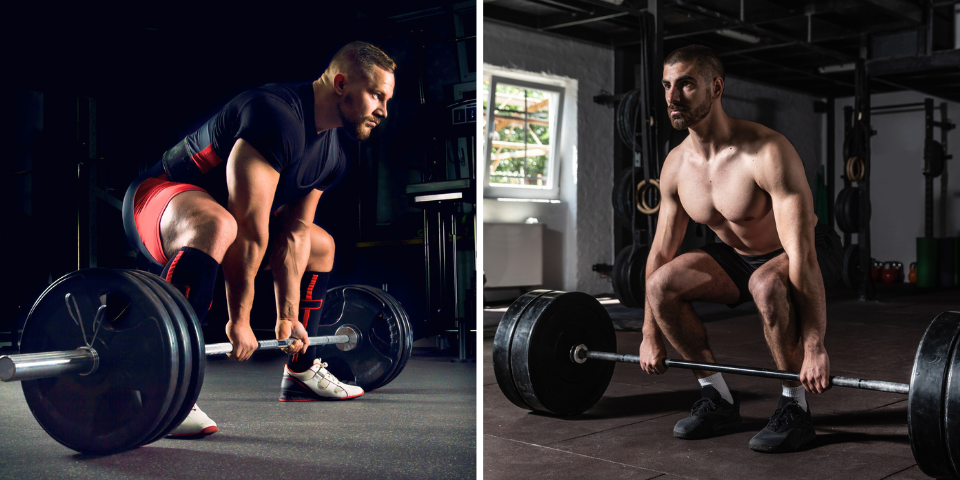If you’ve recently experienced a workout injury, you’re not alone. In fact, it’s common for individuals to experience injuries during exercise, whether it’s a sprained ankle, pulled muscle, or something more severe. While it’s important to seek medical attention if necessary, there are also steps you can take to help your body recover and get back to your fitness routine.
One of the best ways to recover from a workout injury is to rest. This may seem obvious, but many individuals try to push through the pain and continue exercising, which can often make the injury worse. Instead, take a break from your fitness routine and allow your body time to heal. Depending on the severity of the injury, this may mean taking a few days off or several weeks. Listen to your body and don’t rush the healing process.
In addition to rest, there are other ways to promote healing and recovery from a workout injury. These may include stretching, foam rolling, and other forms of self-massage, which can help improve circulation, reduce inflammation, and alleviate muscle tension. It’s also important to stay hydrated and eat a balanced diet to provide your body with the nutrients it needs to heal. By taking these steps, you can help your body recover from a workout injury and get back to your fitness routine as soon as possible.

Understanding Workout Injuries
Working out is an essential part of a healthy lifestyle, but it can sometimes lead to injuries. It is important to understand the different types of workout injuries, their common causes, and the symptoms to recognize to prevent and treat them effectively.
Types of Workout Injuries
There are several types of workout injuries, including:
- Muscle strains and sprains: These occur when muscles or tendons are overstretched or torn.
- Joint injuries: These include dislocations, sprains, and fractures.
- Overuse injuries: These are caused by repetitive movements and include conditions such as tendinitis and stress fractures.
Common Causes
Workout injuries can be caused by a variety of factors, including:
- Poor form or technique: Incorrect form or technique can put unnecessary stress on the body and lead to injury.
- Overtraining: Overtraining can lead to fatigue and increase the risk of injury.
- Lack of rest and recovery: Rest and recovery are essential for allowing the body to repair and prevent injury.
- Inadequate warm-up and cool-down: A proper warm-up and cool-down can help prevent injury by increasing blood flow and reducing muscle tension.
Symptoms to Recognize
Recognizing the symptoms of a workout injury is essential for proper treatment. Some common symptoms include:
- Pain: Pain is the most common symptom of a workout injury and can range from mild to severe.
- Swelling: Swelling can occur at the site of the injury and is often a sign of inflammation.
- Limited range of motion: Limited range of motion can be caused by joint injuries or muscle strains and sprains.
- Weakness: Weakness can occur in the affected area and is often a sign of muscle damage.
By understanding the different types of workout injuries, their common causes, and the symptoms to recognize, you can take steps to prevent and treat injuries effectively. Remember to always listen to your body and seek medical attention if you experience any severe or persistent symptoms.
Immediate Response to Injury
If you have experienced a workout injury, it is crucial to respond appropriately to minimize the damage and speed up the recovery process. Here are some immediate steps you should take:
R.I.C.E. Method
The R.I.C.E. method stands for Rest, Ice, Compression, and Elevation. It is a well-known first-aid technique used to treat soft tissue injuries, such as sprains, strains, and bruises. Here’s how to use the R.I.C.E. method:
- Rest: Avoid using the injured body part as much as possible. If necessary, use crutches or a brace to support the injured area.
- Ice: Apply an ice pack to the injured area for 20 minutes at a time, several times a day. Ice helps reduce swelling and pain.
- Compression: Wrap the injured area with an elastic bandage to reduce swelling and provide support.
- Elevation: Keep the injured area above the heart level to reduce swelling. For example, if you have a leg injury, prop your leg up on a pillow.
When to Seek Medical Attention
While most workout injuries can be treated at home with the R.I.C.E. method, some injuries require medical attention. You should seek medical attention if:

- The pain is severe and persistent.
- You cannot put weight on the injured area.
- The injured area is numb or tingling.
- You have a visible deformity or an open wound.
- The injury is accompanied by a fever.
In these cases, it is best to consult a doctor or a physical therapist for proper diagnosis and treatment.
Rehabilitation Strategies
If you’ve suffered a workout injury, rehabilitation is key to getting back to your previous level of fitness. Here are some rehabilitation strategies that can help you recover from your injury:
Physical Therapy
Physical therapy is a form of rehabilitation that focuses on restoring function, reducing pain, and preventing future injuries. A physical therapist will work with you to develop a personalized treatment plan that may include exercises, stretches, and manual therapy techniques to help you recover from your injury.
Strength Training
Strength training is an important part of the rehabilitation process. It can help you regain muscle strength and prevent future injuries. However, it’s important to start with light weights and gradually increase the intensity and duration of your workouts as you progress.
Mobility Exercises
Mobility exercises can help improve your range of motion and flexibility, which can be especially important after an injury. These exercises may include stretching, foam rolling, and other techniques designed to improve joint mobility.
Acupuncture
Acupuncture is a form of alternative medicine that involves inserting thin needles into specific points on the body. Acupuncture may be used to help relieve pain and reduce inflammation, which can be beneficial during the rehabilitation process. Besides recovering from workout injuries, it’s beneficial to see a professional acupuncturist regularly to improve blood flow and your overall fitness performance.
Remember, rehabilitation takes time and patience. It’s important to work closely with your healthcare provider and follow their recommendations to ensure a safe and effective recovery.
Prevention and Best Practices
Proper Warm-Up Techniques
One of the best ways to prevent workout injuries is to properly warm up before exercising. This helps to increase blood flow to your muscles and prepares them for the physical activity ahead. A good warm-up routine should include dynamic stretching, light aerobic exercise, and mobility exercises. Dynamic stretching is a form of stretching that involves movement, such as lunges or leg swings. Light aerobic exercise could include jogging or jumping jacks. Mobility exercises focus on improving your range of motion and can include exercises such as leg swings or arm circles.
Cross-Training Benefits
Cross-training is another great way to prevent workout injuries. Cross-training involves participating in different types of physical activities to build strength and flexibility in different muscle groups. This can include activities such as swimming, cycling, or yoga. By cross-training, you can reduce the risk of overuse injuries and improve your overall fitness and health.
Nutrition and Recovery
Proper nutrition is also essential for preventing workout injuries and promoting recovery. It is important to eat a balanced diet that includes plenty of protein, carbohydrates, and healthy fats. Protein is important for muscle repair and recovery, while carbohydrates provide energy for your workouts. Healthy fats, such as those found in nuts and avocados, can help reduce inflammation in your body and promote healing. In addition to a balanced diet, it is important to stay hydrated by drinking plenty of water before, during, and after your workouts.
By following these best practices, you can reduce your risk of workout injuries and promote faster recovery. Remember to always listen to your body and seek medical attention if you experience any pain or discomfort during or after your workouts.








Leave a Comment